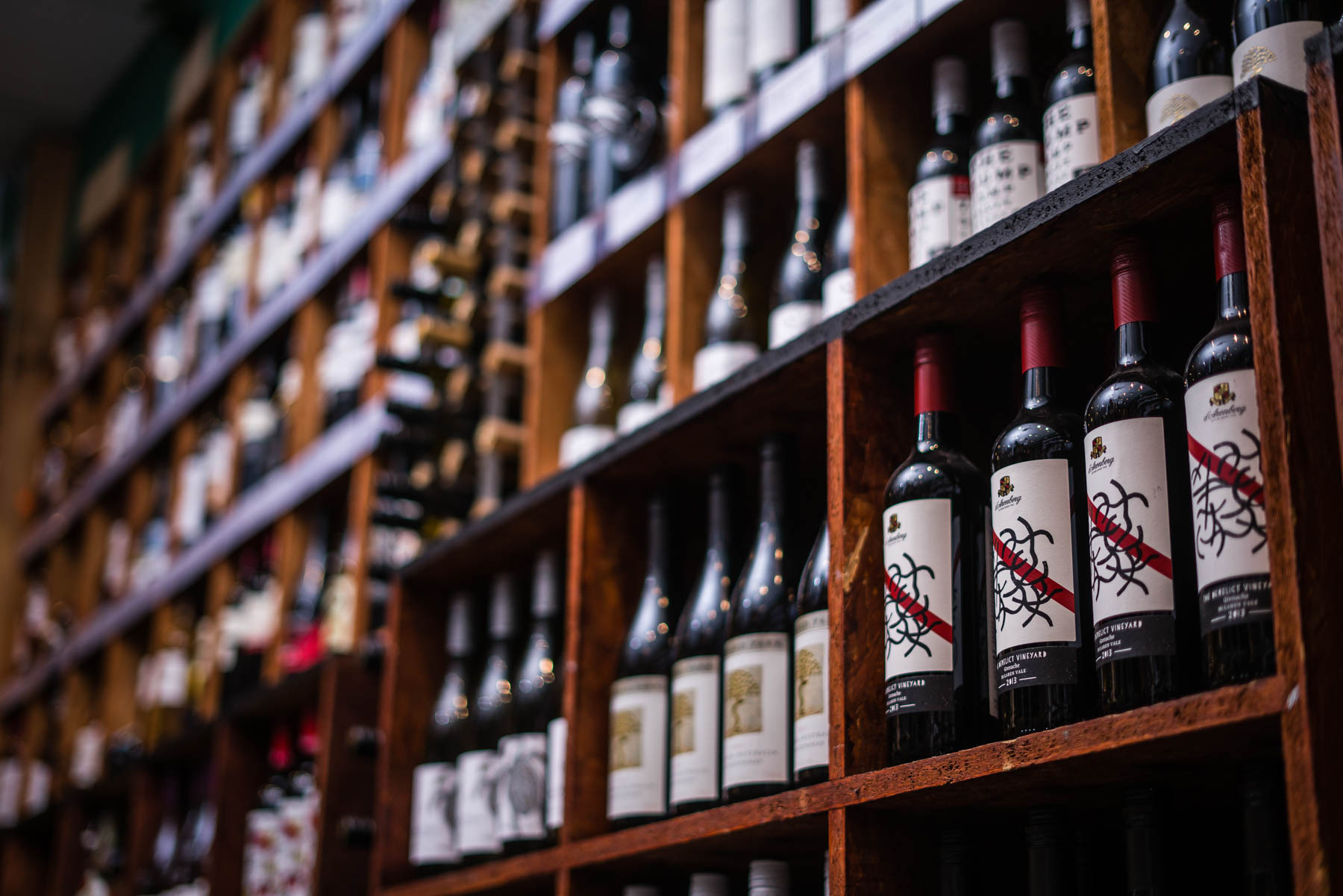Which style of glass should I use to serve wine?
Laura on 22 Feb 2015
One of the questions that I get asked most frequently, is whether the type, size and style of glass that is used for wine, matters. The simple answer is - yes it does. Having said that, please don’t think you have to spend a fortune on very expensive wine glasses – save that for the wine. Here are a few simple suggestions, to ensure you enjoy your chosen wines, at their optimum.

The very best glasses to showcase wines are very simple and very plain; be they of a basic, supermarket origin or high-end and exquisitely hand-crafted. Avoid coloured, or cut crystal glasses, however sparklingly beautiful and beguiling they look, they will do the wine no favours and will simply detract from the star of the show; the contents of the glass. The best glass is the one that shows off and brings to life the liquid that is in it. You don’ t need to spend a fortune – yes, Riedel glasses are wonderful and a treat, but you can pick up perfect glasses anywhere as long as you follow these simple rules:
Plain glasses allow the wine to shine, however majestic or humble the chosen tipple – they will always bring out the best. Whether white, rose or red, the colour of the wine will glint and beckon, with the sheer texture of the plain glass reflecting the shimmering colours, depth and texture, whatever the style. The enchantress that is wine, reveals so much through colour alone, and that’s why clear glass is so important. The crystal-clear, light-reflecting brightness of young white wines; the viscous, glass coating, golden hues of dessert wines; the kaleidoscope of red wine tones, from limpid, ruby red, to the brooding depths of dense, opaque styles – are all reflected perfectly in these simple, plain, long-stemmed glasses.
Why is this important? If you are a wine enthusiast, your natural inquisitiveness will want to know more about the wine, and looking at it, is a good place to start. If you just enjoy a decent glass of wine, it will give you an additional perspective, and look more enticing. I can only liken this to comparing the beauty and irresistible charm of fresh fruit and vegetables in a French or Italian market with the equivalent produce in an UK supermarket; the former entice, and seduce with their colour, scents and evocative charm, the latter sit their in their pre-packaged state and are functional - there is simply no comparison. The wine is the star, the glass is the backdrop at whatever level – but it helps to get it right.
The best wine glasses curve in at the top, and are long-stemmed. Why? Firstly because long-stemmed glasses allow you to hold the glass lower down, on the stem, rather than having to hold the bowl of the glass. This means you’ll be less likely to heat up the wine - especially beneficial if it’s white. It also allows you to swirl the wine around the glass, which will help release the aromas. Why should the wine glass curve inwards? Rather than immediately release all the promise in a showy way, curved glasses nurture and gently release the seductive charms and scents of a top wine, but also showcase simple, great quality wines at their best, and allow them to star at whatever level.
As far as bubbles are concerned, the ideal glass is narrow, slim and tall. Please ignore the ‘Marie Antoinette’ champagne coupes at all costs. These should be strictly reserved for cocktails. A long, slim flute will showcase an elegant stream of tiny bubbles.
Never overfill glasses – there needs to be room to swirl the wine around and give space to the liquid to release its scents.
Finally a tip on cleaning wine glasses - whenever possible, hand wash and use the minimum of detergent. Of course, this depends on how precious, or expensive the glasses might be, but detergent can not only cloud glasses permanently, if over-used, it’s also kills bubbles in sparkling wine. The slightest hint of detergent in a glass will make fizz go flat. The best solution is to wash in hot water, dry with a clean cloth, and polish. It’s best not to leave glasses upturned to dry, they will become tainted with the air that is caught inside the bowl of the glass.
By Angela Mount
Read Angela's wine column in Bath Magazine here

